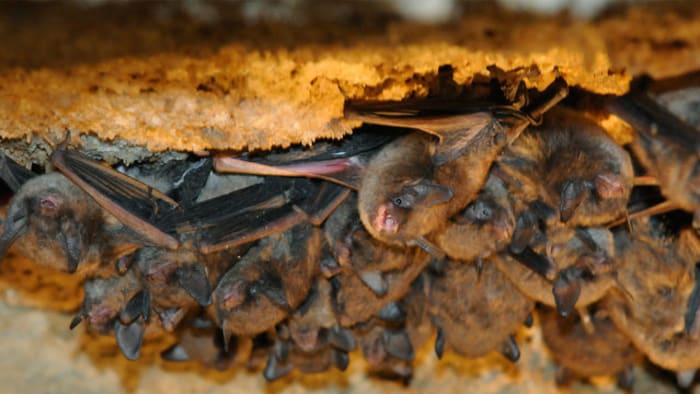Total eclipse, total wonder: How animals react to the celestial event
Ever wondered what happens to animals during a solar eclipse? Turns out, they’ve got quite the show going on. The U.S. Fish and Wildlife Service has revealed that animals react differently during a solar eclipse, often based on cues from their environment such as the sun's rays and temperature. During this event, entomologist William M. Wheeler and his team collected nearly 500 reports from people who witnessed wildlife behavior during an eclipse, which included crickets, owls hooting, and bees returning to their hives. The dimming of the sun also affected bees' day planning, and monarch butterflies' migrations were delayed due to their dependence on the sun for guidance. In 1991, researchers in Veracruz, Mexico, observed that colonial orb-weaving spiders were busy spinning their webs until darkness descended, causing them to dismantle their webs. In 2017, a total solar eclipse swept from Missouri to North Carolina saw fireflies as totality hit. NASA continues to study how solar eclipses impact different ecosystems, with the Eclipse Soundscapes Project set to revisit an eclipse study from almost 100 years ago.

Được phát hành : một năm trước qua Samara Cokinos trong Weather
ORLANDO, Fla. – Ever wondered what happens to animals during a solar eclipse? Turns out, they’ve got quite the show going on.
During the solar eclipse, the sun’s rays dim, the temperature drops and suddenly, the animals around us start acting a bit differently. According to the U.S. Fish and Wildlife Service, animals live their lives based on cues from their environment. Kind of like humans in a way, but without the watch to keep track of what hour of the day it is. In fact, there have been a few notable instances of creatures doing things a bit differently during solar eclipses of the past.
Back in 1932, entomologist William M. Wheeler and his team were onto something big. They collected almost 500 reports from folks like you and me, detailing how wildlife behaved during an eclipse. Everything from crickets chirping, owls hooting, and bees buzzing back to their hives—all as the world plunged into darkness. Of course they would, they think it’s night time.
The dimming of the sun had a big impact on bees too. They’re like little meteorologists, using light intensity and temperature changes to plan out their day.
Monarch butterflies migrations have been slightly delayed as they rely on the sun to guide them during their epic travels.
And bats? Well, they’re using polarized sunlight to navigate their way as nightfall approaches.
In Veracruz, Mexico, during a total eclipse in 1991, researchers noted that colonial orb-weaving spiders were busy spinning their webs until darkness descended. Suddenly, it was like they hit the lights-off switch, dismantling their webs like it was bedtime. But here’s the kicker: scientists tried lighting up some webs artificially, and those spiders didn’t budge. Talk about fascinating!
Birds have been noted as a birdwatcher’s dream during a solar eclipse. From nighthawks swooping in during totality to barred owls chattering, even black vultures came in to roost for the night only to fly back out as soon as the sun was shining again.
Fast forward to 2017. During the total solar eclipse that swept from Missouri to North Carolina, something magical happened. Fireflies, those tiny flickering beacons of the night, lit up the sky as totality hit.
Even NASA continues to study how solar eclipses impact different ecosystems. During the April 8, 2024, total solar eclipse, the Eclipse Soundscapes Project will revisit an eclipse study from almost 100 years ago, which showed that animals and insects are affected in different ways by solar eclipses.
Using observations from the public from both the October 2023 annual solar eclipse and the total solar eclipse happening in less than a week, the information reported, like visual and acoustic changes in the natural environment will be compared with previous data. The goal is to help scientists understand the impacts to the ecosystem and what changes, if any, have occurred over the years.
Listen to Talk To Tom in the media player below:
